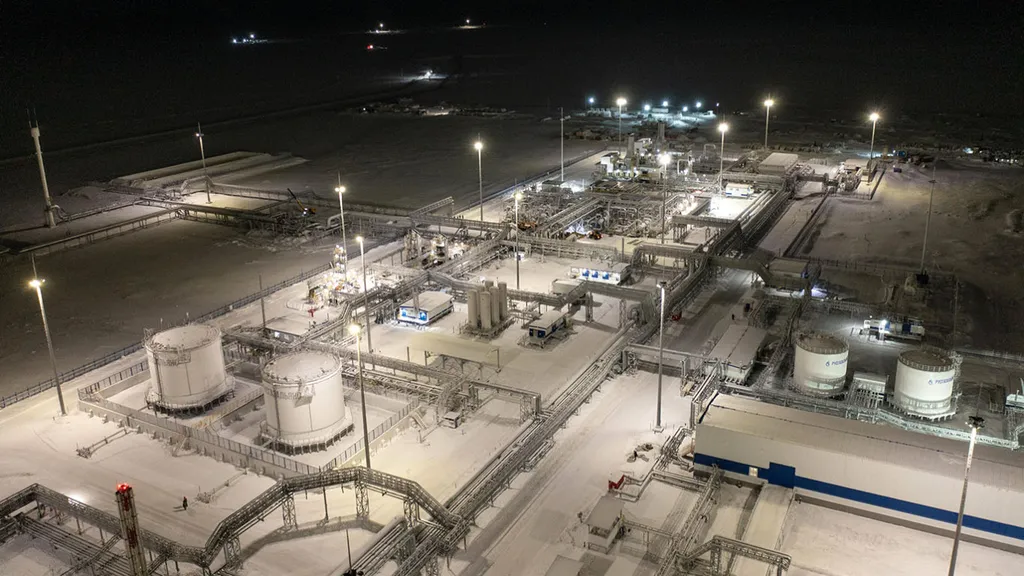In the harsh, unforgiving environment of the Arctic, maintaining the integrity of building structures and pipelines is a formidable challenge. Yet, a recent study published in the *Magazine of Civil Engineering* (translated from Russian as “Journal of Civil Engineering”) offers a promising solution. Led by Roman Sapelkin of Gazprom Invest LLC, part of Gazprom PJSC, the research explores the use of innovative insulating (protective) coatings to ensure reliable and trouble-free operation of infrastructure in extreme Arctic conditions.
The study focuses on two groundbreaking materials: rubber concrete and rubber mastic. These composite materials boast a combination of high physical, mechanical, and operational characteristics, making them ideal for protective coatings. The key to their effectiveness lies in the controlled introduction of thermal energy during the formation of these materials, a process that ensures the creation of a durable and corrosion-resistant protective layer.
Sapelkin and his team conducted extensive experimental studies to optimize the temperature and time conditions for introducing thermal energy into these composite materials. For reinforced concrete building structures, they developed an experimental heat-generating stand with an uninsulated metal wire as the working element. For pipe metal, they utilized induction heating to achieve the desired properties.
One of the most compelling aspects of this research is the use of industrial wastes, such as fly ash and rubber crumb, as fillers in rubber concrete and rubber mastic. This not only enhances the sustainability of the materials but also reduces waste, offering a dual benefit for the environment and the construction industry.
The study also conducted a comparative analysis of the characteristics of protective coatings based on rubber mastic versus the widely used multilayer polyethylene coatings. The results revealed significant competitive advantages for the rubber-containing protective coatings, particularly in terms of durability and corrosion resistance.
“The potential of these materials to revolutionize the energy sector is immense,” Sapelkin remarked. “By enhancing the longevity and reliability of infrastructure in extreme environments, we can ensure safer and more efficient operations, ultimately leading to significant cost savings and reduced environmental impact.”
This research holds profound implications for the future of construction and energy sectors, particularly in regions with extreme climates. As the world continues to push the boundaries of exploration and development in harsh environments, the need for robust, reliable, and sustainable materials will only grow. The innovative solutions proposed by Sapelkin and his team could very well shape the future of Arctic infrastructure, ensuring that the energy sector can operate safely and efficiently in some of the most challenging conditions on Earth.
For professionals in the construction and energy sectors, this research offers a glimpse into the future of protective coatings. By embracing these innovative materials and technologies, companies can enhance the durability and reliability of their infrastructure, ultimately leading to safer and more efficient operations. As the world continues to explore and develop in extreme environments, the insights gained from this study will be invaluable in shaping the future of Arctic infrastructure.

